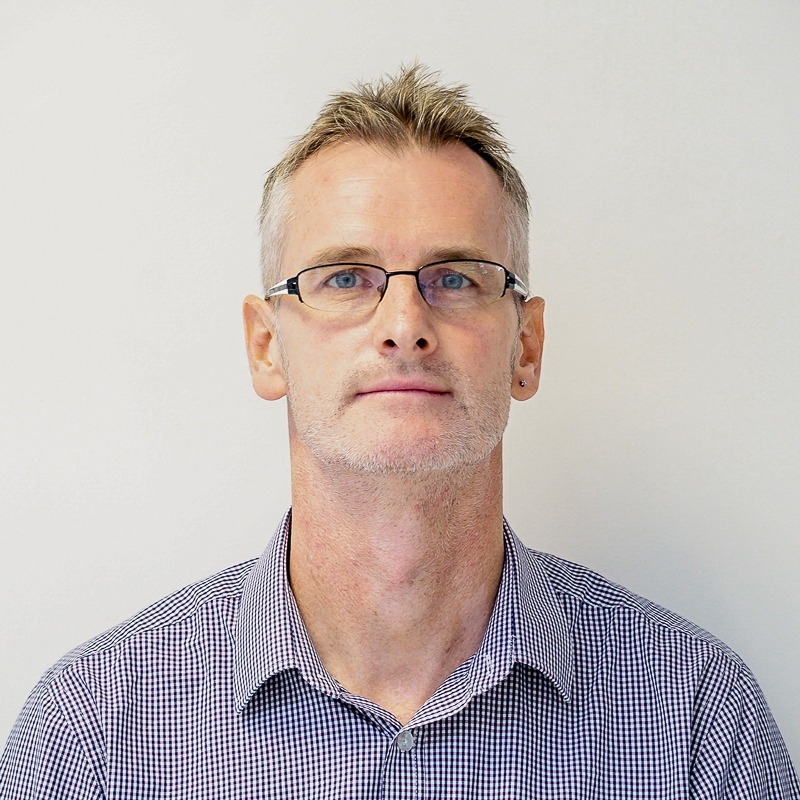Winning Africa's mobile brand match conundrum
Winning Africa's mobile brand match conundrum
If sales-generating brand recognition within Africa's smartphone market was simply a matter of shipping in the most units at the right time, the scramble for market share would likely involve a lot more players. To gain consumer interest (and investment), the brand has to resonate with local user requirements and must offer an exceptional user experience - no easy task given the size and diversity of the continent's population.
But that is what local executives at Chinese ICT and telecommunications firm Huawei believe the company has done.
Huawei is currently ranked third in the worldwide smartphone market, behind Apple in second place and Samsung in first position.
Melissa Chau, Senior Research Manager with IDC's Worldwide Quarterly Mobile Phone Tracker, is quoted as saying: "Usually the conversation in the smartphone market revolves around Samsung and Apple, but Huawei's strong showing for both the quarter and the year speak to how much it has grown as an international brand."
In South Africa the company's consumer business group, headed up by General Manager Charlene Munilall, has surpassed industry analysts' projection of a 6% growth and has achieved 10%, with better than expected results from the medium-to-high segment of the market.
"Which was surprising for us ... Huawei has traditionally been seen, especially in the last few years, to be the forerunner in Y-Series devices, which are the entry smartphones. But we've actually shown that our total growth is predominantly mid-to-high segment," says Munilall.
The IT executive was appointed to the position in May 2015 and promptly announced her goal to build the 'love 'of the brand in South Africa.
The Huawei Consumer Business Group leader believes the team is getting it right, and has made progress in entrenching the brand in the region.
"From a brand perspective certainly we have done a lot of exercises to become visible. And our brand awareness is sitting at 83 percent... so we are seen in all the right places," Munilall says.
The other factor is that the company has maintained its product design strategy, based on an immediately recognisable sophisticated, stylish and high-end fashion look and feel.
Munilall says the company got it right with the launch of the P8 and P8 Lite, specifically in terms of price-point for the Africa market. The company has shipped in over 10 million units from HQ globally, since its launch.
In August 2015, four months after it launched, the P8 was named 'European Consumer Smartphone 2015 – 2016' by the European Imaging and Sound Association (EISA).
Bridging the gap
One of the foremost challenges for the company has been to bridge the gap between its enterprise business focus and its consumer business growth.
As Munilall explains this called for the introduction of a hybrid device, which is what the company has in the MateBook.
The high-end 2-in-1 Windows device, which takes the form of a tablet, was officially launched at the Mobile World Congress 2016 in Barcelona in February. The company is hoping to launch the device in South Africa in June.
"So we will be competing with the likes of Lenovo and the likes of Microsoft in this space. It is completely new for us but it is a natural progression in terms of where our history is and where we are going from a consumer perspective," Munilall continues.
From a product point of view, Huawei's consumer division points out that the company's Y-Series devices are targeted at the youth, that pure business solutions – like its Mate Series - delivered primarily for this market are 'workhorses' and not generally meant to be 'sexy' or fashionable.
This strategy is designed to alter perception of the brand as being exclusive to high-end business/ corporate market segment.
Into Africa
Africa is a big focus for Huawei. It is the continent in which the company has the lowest level of penetration and, as such, represents the biggest opportunity area.
The company has set up regional offices in Kenya, Nigeria and DRC, with its established head office in South Africa, to cover all the relevant hubs.
The overall plan is to set up infrastructure on the ground, with staff, support and service centres, in order to engage markets directly. According to Munilall this is a must to adhere to local consumer requirements and secure customer buy-in.
The difference between the South African and African markets is evident in the company's respective market shares. In Africa, this figure is on average three to five percent higher than that of South Africa.
"South Africa is a very structured market dominated by operators. So, if you do not basically get your product raised through the operator and sold through the operator, your market share will be low. The other African countries are open market...so you can sell regionally in a small area and you can cover the area completely... so open market allows us to grow our market share a lot faster than in South Africa," Munillal says.
Other challenges impacting on business has been the exchange rate (with massive impacts in regions like Nigeria), the cost of support for distributors with this issue, as well as the emergence of competitors in the low end.
These operators are coming in at a very low price point and take up more market share in this space, says Munilall, and she also mentions aspects such as local brand loyalty and the offer of extensive credit terms, which all form part of the business culture within specific regions in Africa.
Despite the challenges, the Consumer Business Group aims to climb global rankings and secure top positions as soon as possible and believes it is on track to reach its objectives.
